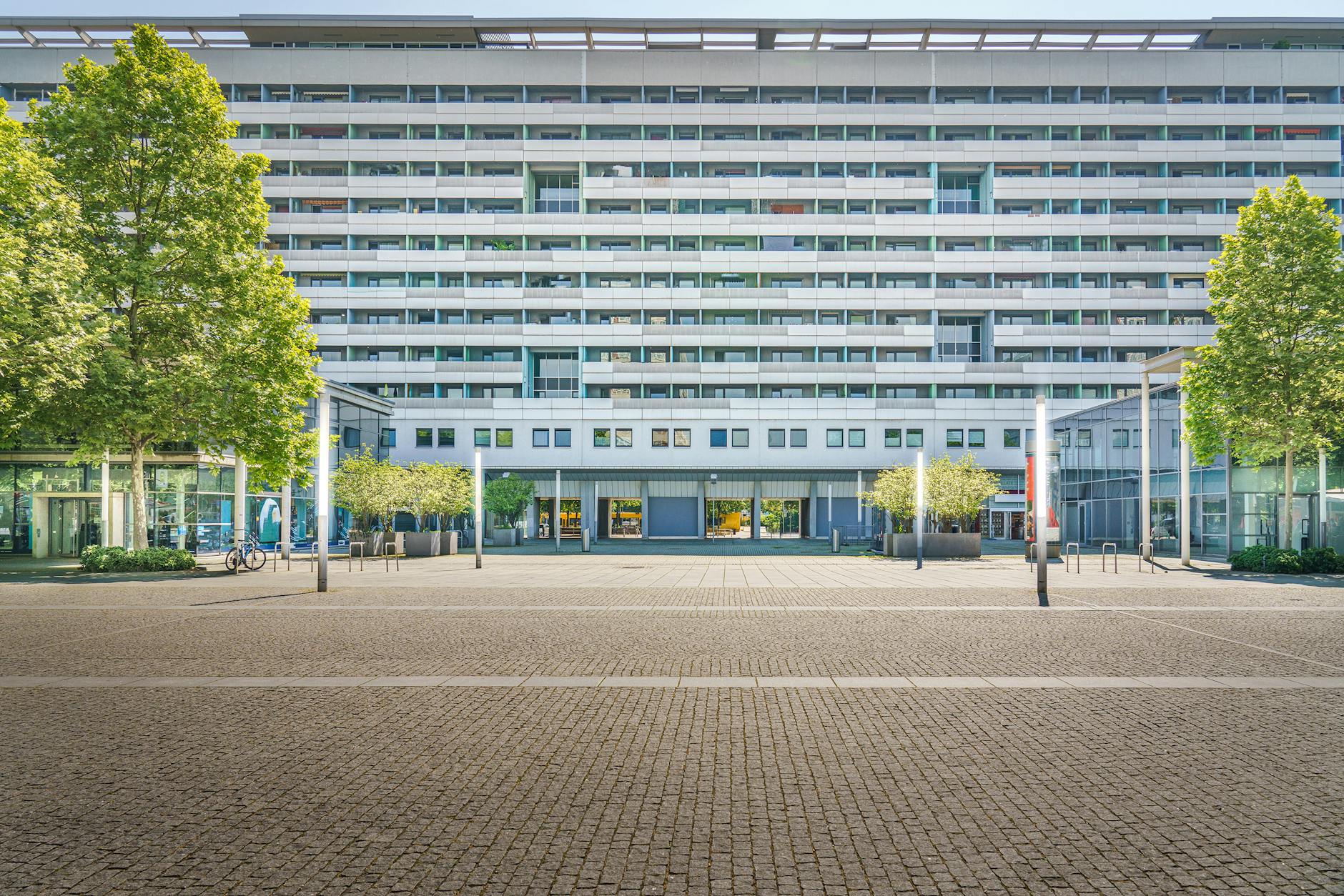The Ultimate Guide to Commercial Real Estate Leasing for Retail Spaces
The ultimate guide to commercial real estate leasing for retail spaces
Leasing commercial real estate for retail spaces is a critical decision that can significantly impact the success of a business. Whether you are a budding entrepreneur or an established retailer looking to expand, understanding the leasing process and the key factors involved is essential. This guide provides a comprehensive overview of commercial leasing for retail properties, covering everything from evaluating location and lease terms to navigating negotiations and managing the space effectively. By the end of this article, you will be equipped with practical insights to make informed decisions that align with your business goals and foster long-term growth.
Understanding the retail leasing market and location dynamics
Choosing the right retail space is much more than picking a building; it is about finding a location that maximizes customer access, visibility, and convenience. The retail leasing market varies greatly depending on the city, neighborhood, and even street. High-traffic areas tend to command higher rents but offer greater exposure, while more affordable locations might attract fewer customers. Factors such as demographics, competition, public transport links, and future development plans play crucial roles in determining a location’s potential.
Retailers should also take note of zoning laws and restrictions that govern what type of business can operate in certain areas, as these regulations can limit future growth or impose operational constraints. Conducting thorough market research and using tools like foot traffic analysis and competitor mapping can provide invaluable insights to select a location with the best possibilities for success.
Breaking down lease terms and common clauses
Familiarity with lease terms is vital to avoid unexpected costs and obligations. Retail leases often include terms such as base rent, percentage rent, common area maintenance (CAM) fees, and escalation clauses. Base rent is the fixed amount paid regularly, while percentage rent involves paying a portion of sales revenue, which can be beneficial or risky depending on sales fluctuations.
Lease terms can vary widely, but several common clauses deserve attention:
- Lease duration: Typical retail leases range from 3 to 10 years, often with renewal options.
- Use clause: Defines what type of retail activity is permitted.
- Exclusivity clause: Prevents landlords from leasing nearby spaces to direct competitors.
- Maintenance and repair responsibilities: Specifies who handles upkeep.
Understanding these elements upfront ensures that tenants know their rights and responsibilities fully before signing.
Effective negotiation strategies for retail leases
Negotiating a retail lease requires a strategic approach to balance cost control with flexibility. Before entering negotiations, prepare by researching comparable lease rates and market conditions. Prioritize negotiation points based on what matters most, such as rent amount, lease duration, improvement allowances, or early termination options.
Negotiators should consider requesting:
- Rent-free periods or tenant improvement allowances to offset initial setup costs.
- Cap limits on CAM fees and other variable charges to control overhead.
- Right of first refusal on adjacent spaces for future expansion.
- Flexible subletting or assignment clauses to maintain options if business needs change.
Successful negotiations result from clear communication, understanding landlord priorities, and building relationships that can facilitate lease renewals or modifications later.
Managing your leased retail space for success
Once the lease is signed, managing the retail space efficiently helps maximize business potential. Monitoring lease obligations like timely rent payments, maintenance schedules, and insurance coverage avoids costly penalties. Equally important is adapting the layout and ambiance to create an inviting environment that enhances customer experience and sales.
Regularly reviewing lease terms alongside business performance can highlight opportunities to renegotiate or relocate if the current space no longer suits your needs. Maintaining good communication with property managers and landlords can also ease resolving disputes or requests for improvements.
Summary table: key lease components and considerations
| Lease component | Typical details | Considerations |
|---|---|---|
| Base rent | Fixed monthly or annual payment | Compare with market rates; check for escalation clauses |
| Percentage rent | Portion of sales revenue paid | Ensure realistic sales forecasting; may fluctuate |
| Lease term | 3 to 10 years common | Balance security with flexibility for growth |
| Use clause | Specifies authorized business activities | Ensure full alignment with planned retail concept |
| Maintenance responsibilities | Landlord vs tenant | Clarify to avoid disputes and unexpected expenses |
Conclusion
Leasing commercial real estate for retail spaces is a multifaceted process that demands careful analysis and strategic planning. By thoroughly understanding the intricacies of the retail leasing market, including location relevance, lease terms, and negotiation tactics, business owners can secure spaces that not only fit their immediate needs but also support sustainable growth. Effective management of leased properties post-contract ensures that businesses remain adaptable and competitive. Ultimately, success in retail leasing depends on being informed, prepared, and proactive—equipping entrepreneurs with the tools and knowledge to make decisions that truly benefit their brand and bottom line.
Image by: Jakub Zerdzicki
https://www.pexels.com/@jakubzerdzicki
editor's pick
latest video
news via inbox
Nulla turp dis cursus. Integer liberos euismod pretium faucibua

